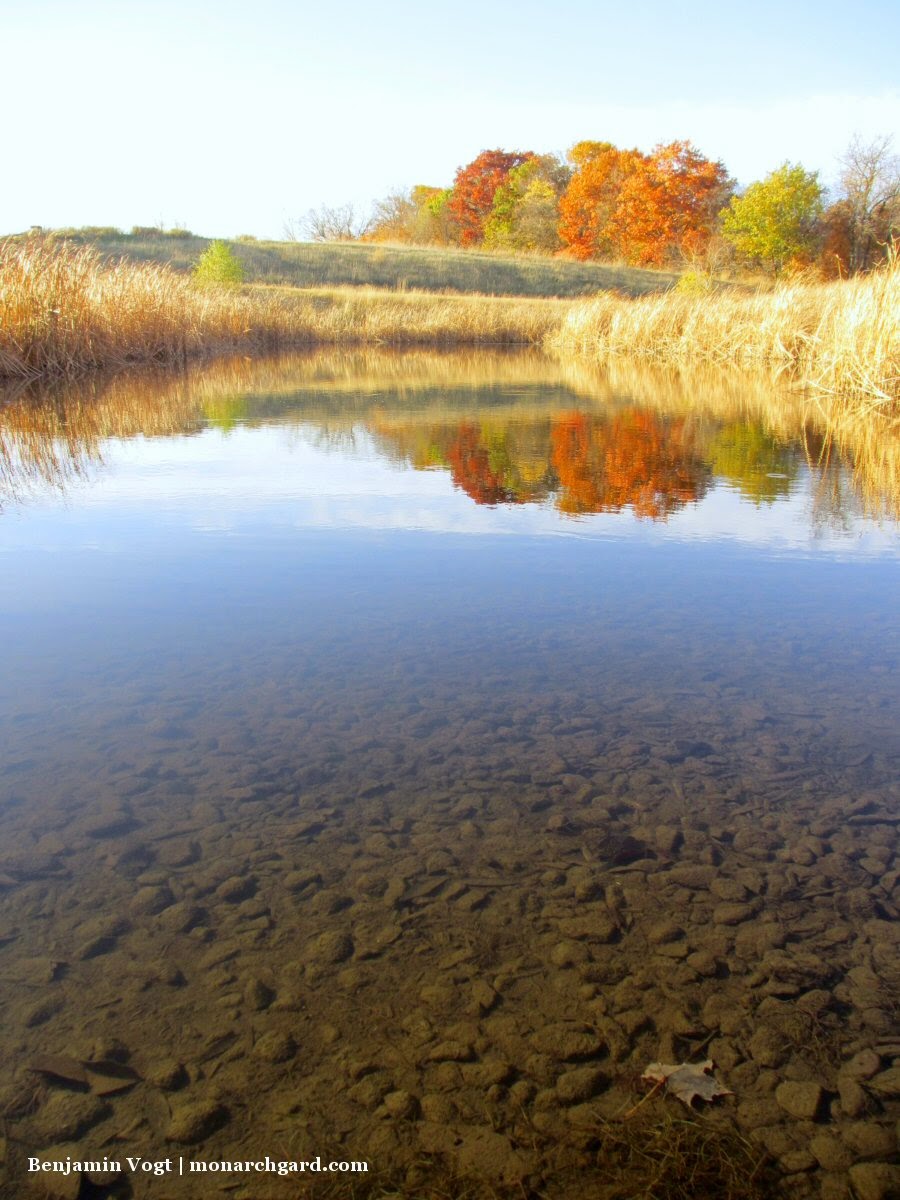E.O. Wilson famously asked not long ago of Emma Marris, author of The Rambunctious Garden, where she was planting her white flag. The inference was her near total support of novel ecosystems -- landscapes using both native and non native plants that can better withstand climate change while accepting that we've changed the Earth forever (so conservation should no longer be the main goal). I'm the kind of person who agrees with BOTH Wilson and Marris, vacillating between the two depending on the issue. We have changed the earth, every last bit of it, but practicing conservation is not some quaint, stodgy, rose-colored-glasses nostalgia. What I'm going to say next will irk plenty of folks:
There's no reason to be using exotic plants in our landscapes.
I'm seeing more and more the term "adaptable" being used when making plant choices -- this word comes from landscape designers, nurseries, extension offices, arboretums, and the like. Basically, in a time of climate change and unpredictable swings of prolonged drought and rain, heat and cold, we need to plant whatever can survive these extremes regardless of geographic origin.
This presents a lot of problems for me. As we eradicate plant and animals species simply by pumping carbon into the air, the call to use adaptable plants doesn't begin to hold us accountable for what we've done and are doing to our ecosystems -- it's a way to circumvent the necessary pain and sad realization of our effect on the places around us. To be truly involved in a landscape, and to be a better gardener, I think we must face the depression, anger, denial, and eventual empowerment and joy that comes from knowledge. Using "adaptable" plants does little to help our deeper awareness -- and does even less to help wildlife.
Bees are in sync with bloom times of flowers; some bees forage only on one species of aster. Caterpillars and other insect young have evolved with the leaf chemicals of only certain plants. Soil microbes that benefit other plants and soil life exist only on the roots of certain plant species (the prairie is well known for this phenomenon). When we replace plants native to our region with adaptable natives we do nothing but service our own, rather surface wants -- aesthetics, beauty, and function for our benefit alone.

We can never provide enough fool-proof science to convince novel ecosystem and adaptable plant proponents that natives are better -- we simply don't know enough, and don't have enough money to study every plant in every locale, let alone cultivars of plants. It just makes sense that we should be using natives -- they are adaptable, know the local and regional climatic swings well, and provide for all kinds of life we don't even know about. Why are our landscapes choices automatically better than evolution and natural selection? Why are we right and non human nature is wrong? What are we afraid of, and why are we so unaccepting of our places and ourselves?
No doubt if we want "pretty" landscapes our plant choices will have to adjust -- eco regions are moving north and uphill, pinching out some species at a rapid pace. In coming decades we may have no choice but to be planting things native two or three or four states south. But how in the world can we give animal and insect life as much time as possible to adjust -- to evolve quicker than most are even capable -- if we don't give them the plants they need to reproduce? How can we give them what little buffer we're able to if we privilege "adaptable" plant species from around the globe? If anything, that will speed up their demise and lesson their chance to adjust -- which has more profound repercussions on our species than we care to acknowledge or will ever understand.
Of course, we could just switch to renewable energy, rethink modern agriculture, and stop having so much of our golden age dependent on planetary exploitation. I know. I know.











































